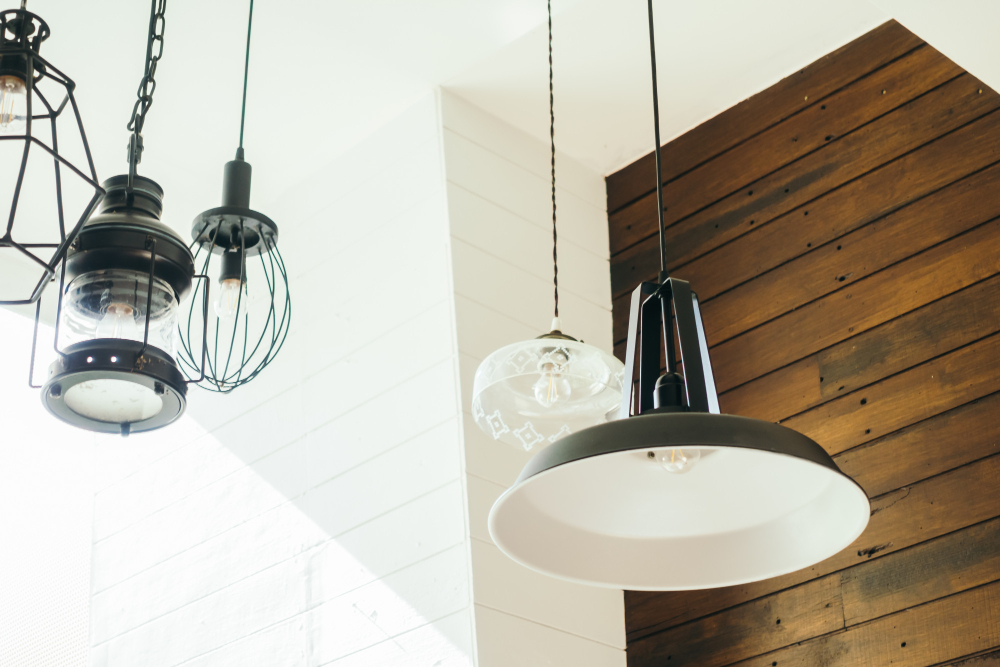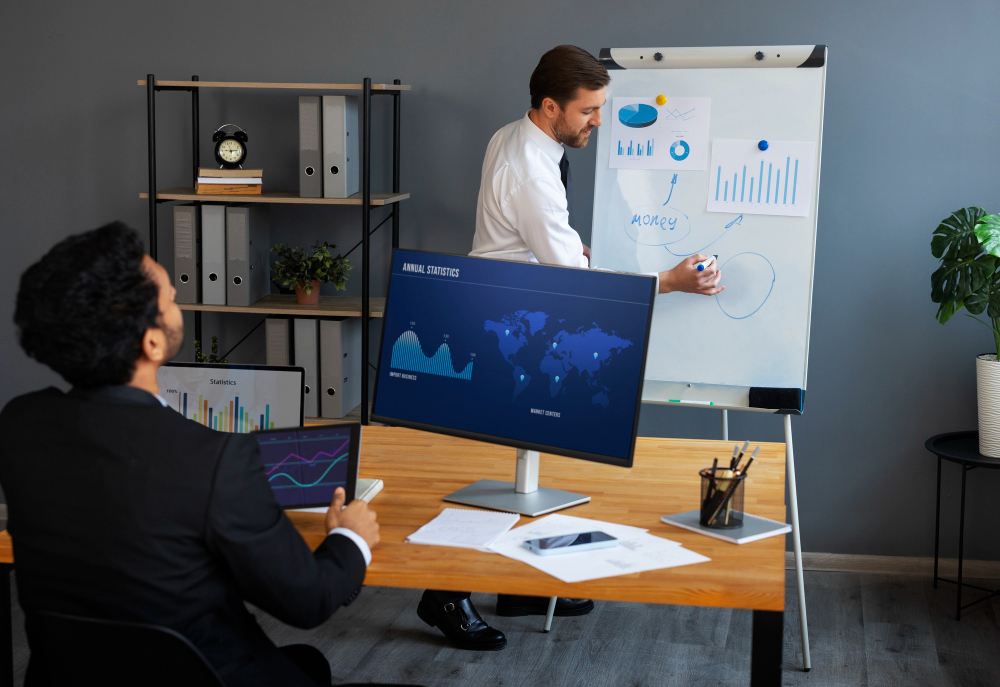The 7 Most Useful Reports for Boosting Hotel Revenue in Australia

In today’s fiercely competitive hotel industry, raking in decent revenue isn’t just a bonus – it’s bloody essential. As a seasoned hotel revenue manager, I can tell you firsthand: the difference between a sluggish season and a profitable one often comes down to what you do with your data. And that starts with having the right revenue management reports for hotels.
Numbers on their own don’t mean much. But when you dig into the right reports – the ones that spotlight patterns, guest behaviours, channel performance and profitability – you gain insights that can shape smarter decisions and bring serious dollars through the door.
This guide dives deep into the seven most useful reports for boosting hotel revenue in Australia, and includes practical hospitality sales tips, real-world examples, and a look at the tech that makes it all happen.
Why Revenue Management Reports Are Crucial
Let’s face it: flying blind in hotel revenue is a fast way to lose money. Revenue management reports give you a consistent pulse check on your business performance. They help you:
Understand guest behaviours
Adjust pricing dynamically
Balance channel profitability
Monitor market trends
Make data-driven sales and marketing moves
When used properly, these reports are the backbone of any hotel strategy focused on growth, profitability and smart operations.
1. Occupancy Reports: Knowing When You're Full (and When You're Not)
Occupancy reports give you the basics: how many rooms are occupied each day, week, or month. But don’t let the simplicity fool you – this report is foundational.
What It Tells You:
Historical occupancy patterns
Peak seasons and slow periods
Occupancy rates by room type
How It Helps:
By knowing when you’re likely to be full or half-empty, you can adjust rates accordingly. Bump them up during popular events or holiday seasons, or push promotions when things go quiet.
Real-Life Example:
The Astoria Hotel in Byron Bay noticed through occupancy reports that spring and autumn were softer. They launched mid-season packages and increased occupancy by 15% over two years.
2. Market Mix Reports: Who's Actually Booking?
Market mix analysis breaks down your guests by:
Booking source (OTA, direct, wholesaler)
Region or nationality
Rate type
Stay duration
Why It Matters:
Understanding who your guests are and where they come from helps you tailor your sales strategy. For example, if most of your bookings are from corporate travellers, you can introduce weekday business packages.
Hospitality Sales Tip:
Use this report to identify high-value guest segments and create customised marketing strategies that resonate with them.
Real-Life Example:
Sun Palace Resort in Queensland noticed a spike in business travellers midweek. They launched a corporate offer that included flexible check-ins and free breakfast, increasing midweek bookings by 20%.
3. Booking Pace Reports: What the Future Looks Like
Pace reports show how quickly rooms are being booked for future dates. Think of it as your forecasting crystal ball.
What It Shows:
Future occupancy trends
Year-on-year comparisons
Booking spikes or slowdowns
How It Helps:
Spot slow demand early and offer targeted deals. If bookings are coming in fast, don’t hesitate to lift prices or restrict discounts.
Real-Life Example:
City View Hotel in Melbourne saw a surge in bookings ahead of a music festival. By increasing rates on those dates, they boosted ADR by 12%.
4. Revenue by Channel Report: Who's Worth the Commission?
This gem of a report breaks down how much revenue you’re getting from each channel – OTA, direct, travel agents, GDS, etc.
What It Shows:
Gross and net revenue per channel
Commission fees
Booking volume trends
How It Helps:
Cut back on costly OTA dependence by promoting direct bookings with loyalty perks or special rates. You might even renegotiate with underperforming agents.
Real-Life Example:
The Grand Hotel in Perth noticed 60% of their bookings came through a high-fee OTA. By offering perks for booking direct (like free parking), they shifted 25% of those bookings to their own website.
5. Guest Profile Reports: Understanding Who's Walking Through the Door
These reports go deeper than just room numbers. They profile your guests: age, location, preferences, spending habits and more.
Why It’s Key:
Once you know your guests better, you can personalise the experience and upsell accordingly.
Hospitality Sales Tip:
Use guest profile reports to upsell amenities, spa treatments or dining options that appeal to your dominant demographic.
Real-Life Example:
Family Resort on the Gold Coast found most guests were families with kids under 12. They added kids’ activities and meal deals, and saw a 30% increase in family re-bookings.
6. Competitive Set (Comp Set) Reports: Keeping an Eye on the Neighbours
You’re not alone out there. Comp set analysis lets you compare your hotel’s performance against similar properties.
Metrics Include:
Rate positioning
Occupancy benchmarks
Revenue per available room (RevPAR)
Why It Matters:
It helps you stay competitive with pricing and unique selling points. If your competitors are lowering prices, you might hold firm but add value (like breakfast or late checkout).
Real-Life Example:
City Centre Hotel in Brisbane noticed their competitor was discounting heavily over weekends. Rather than race to the bottom, they bundled perks into weekend stays and maintained RevPAR.
7. Profitability Reports: The Big Picture
While revenue is nice, profit is what you take home. Profitability reports break down:
Departmental profit (rooms, F&B, spa)
Gross operating profit (GOP)
Revenue per available square metre (RevPAM)
How It Helps:
Pinpoint where you’re leaking money. If your F&B department is dragging down your overall margin, it might be time to rethink your menu or supplier contracts.
Real-Life Example:
The Grand Hotel found its restaurant was costing more than it earned. By revamping the menu and reducing overheads, they turned a profit within six months.
How to Put Revenue Management Reports into Action
Having these reports is one thing. Using them properly is what drives results.
1. Get Your Tech in Order
Use a solid Property Management System (PMS) that collects accurate data.
Integrate with a Revenue Management System (RMS) to forecast and set dynamic pricing.
Consider BI tools like Power BI or Tableau for easier visualisation.
2. Review Regularly
Check reports weekly or monthly to stay on top of trends.
Create dashboards with KPIs that matter to your property type.
3. Make Data-Driven Decisions
Adjust prices based on demand and comp set performance.
Allocate rooms to the most profitable channels.
Align marketing campaigns with guest profiles.
4. Share the Load
Get revenue, marketing and front office teams on the same page.
Share insights so everyone’s working toward the same goals.
Tech That Backs You Up
If you’re still using Excel to crunch numbers, it’s time to level up.
PMS: Think RMS Cloud, Guestline, or Mews
RMS: Tools like IDeaS, Duetto, or Atomize help with rate forecasting
BI Dashboards: Power BI, Tableau, or OTA Insight
Rate Shoppers: STR, RateGain, and SiteMinder Insights
Security Tip: Always back your data with encryption, role-based access, and compliance with Australian data privacy laws.
What’s Ahead: The Future of Revenue Management Reports for Hotels
AI-Driven Pricing: Machine learning will soon adjust rates in real-time.
Deeper Personalisation: Reports will link with CRM tools to offer tailored guest experiences.
Cloud-First Systems: Everything from forecasting to reporting will be real-time, cloud-based and mobile-friendly.
Final Thoughts
Revenue management reports aren’t just spreadsheets – they’re your strategy guide to stronger profits. In Australia’s ever-evolving hospitality game, using the right data can separate the top performers from the rest.
At Emersion Wellness, we help hotels harness these insights to drive bookings and optimise operations. Whether it's unlocking new revenue streams or tailoring a wellness program that delivers both guest satisfaction and profit, we’re here to help.
FAQs
1. Why are revenue management reports for hotels important?They help track trends, adjust pricing, and improve both occupancy and profitability.
2. Which are the top revenue management reports?Occupancy, market mix, pace, channel revenue, guest profiles, comp set, and profitability.
3. How often should I review revenue management reports?Weekly for short-term tactics, monthly for long-term strategy.
4. What tech helps most?PMS, RMS, BI dashboards, and comp set tools.
5. What are some key hospitality sales tips?Segment your market, target promotions to high-value guests, and bundle offerings for added value.
6. How can Emersion Wellness help?We offer tailored strategies and wellness packages that increase both guest engagement and revenue.
Note: IndiBlogHub features both user-submitted and editorial content. We do not verify third-party contributions. Read our Disclaimer and Privacy Policyfor details.







